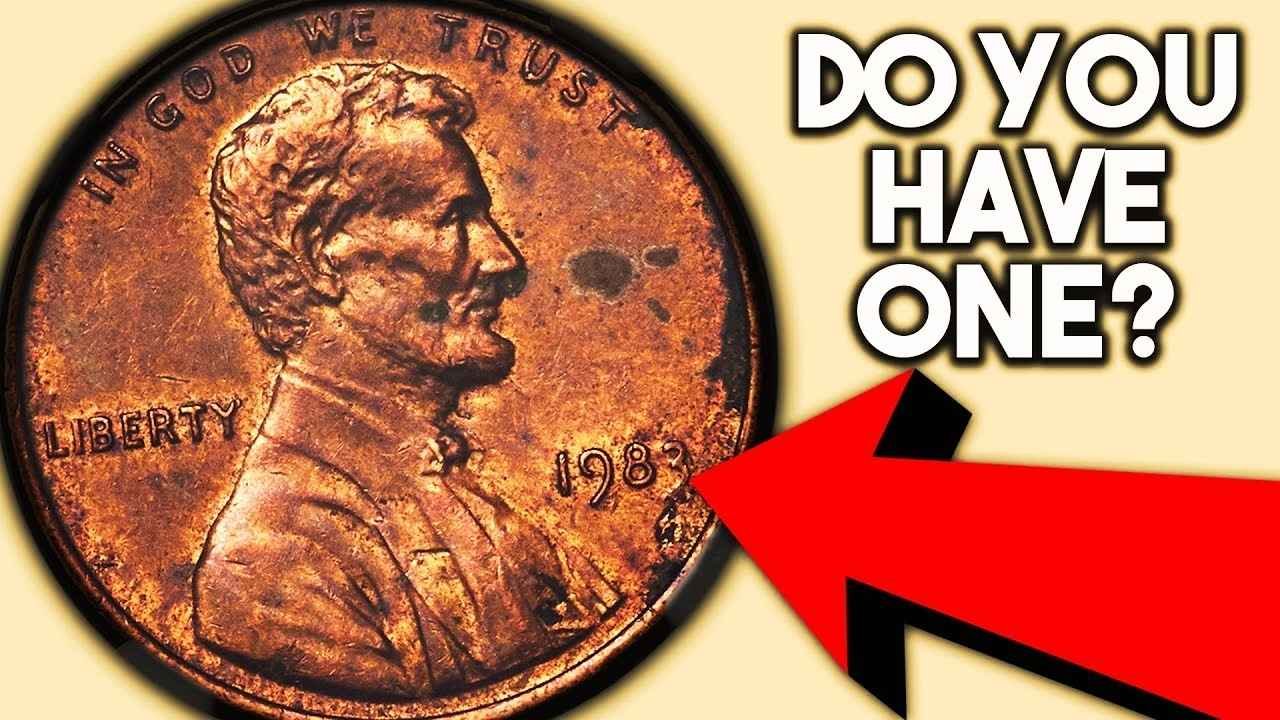Ever wondered if the loose change jingling in your pocket could be worth more than a cent? Some pennies in circulation are rare treasures that collectors are eager to snap up for big bucks. From minting mistakes to unique designs, certain pennies can fetch hundreds or even thousands of dollars. Let’s dive into five valuable pennies you should keep an eye out for next time you’re sorting through your coins. You might just find a small fortune hiding in plain sight!
Pennies That Pack a Punch
Some pennies stand out because of errors made during production or limited minting runs. These quirks make them highly sought after by collectors. For example, a penny with a double-stamped design or one made from the wrong metal can be worth a lot. Knowing what to look for is key, so here are five pennies that could turn your spare change into serious cash.
- 1969-S Doubled Die Obverse: This penny has a noticeable doubling effect on the date and words like “LIBERTY” and “IN GOD WE TRUST.” The “S” mint mark shows it was made in San Francisco. Only a few were released, making them super rare. A 1969-S Doubled Die in good condition can sell for $25,000 or more at auction.
- 1943 Bronze Lincoln Penny: During World War II, pennies were made from steel to save copper, but a few bronze pennies were accidentally minted in 1943. These are incredibly rare, and one in great shape can go for over $100,000. Check your pennies for a 1943 date and a bronze color instead of silver.
- 1955 Doubled Die Obverse: Another error coin, this penny shows strong doubling on the date and lettering. It’s one of the most famous error coins, and collectors love it. A 1955 Doubled Die in decent condition can fetch $1,000 to $2,000.
- 1970-S Small Date: This penny has a smaller, tighter date compared to others from 1970. The “S” mint mark is key, and the small date makes it valuable. Look closely at the “7” in the date—it should align with the other numbers. These can sell for $500 or more.
- 1992 Close AM: On most 1992 pennies, the “A” and “M” in “AMERICA” are spaced apart, but the rare “Close AM” variety has them touching. This error is tricky to spot, but a 1992 Close AM penny can be worth $2,000 or higher in good condition.
How to Spot These Gems
Finding these pennies takes a keen eye. Check the date and mint mark (a small letter like “D” for Denver or “S” for San Francisco) on each coin. A magnifying glass can help you spot doubling or other errors. Compare your penny to pictures online or in coin guides. If you think you’ve got a rare one, don’t clean it—cleaning can lower its value. Take it to a coin dealer or appraiser to confirm its authenticity and worth.
| Penny Type | Key Feature | Estimated Value |
|---|---|---|
| 1969-S Doubled Die | Doubled date and lettering, “S” mark | $25,000+ |
| 1943 Bronze Lincoln | Bronze instead of steel, 1943 date | $100,000+ |
| 1955 Doubled Die | Strong doubling on date, lettering | $1,000–$2,000 |
| 1970-S Small Date | Smaller date, “S” mark | $500+ |
| 1992 Close AM | “A” and “M” in AMERICA touch | $2,000+ |
Why Are These Pennies So Special?
These coins are valuable because they’re rare and tell a story. Minting errors like doubled dies happen when the coin press makes a mistake, creating a unique design. Others, like the 1943 bronze penny, are tied to history World War II’s copper shortage led to that fluke. Collectors chase these coins for their rarity and the thrill of owning a piece of history. Even pennies in rough shape can be worth something if they’re the right kind.
Where to Look and What to Do
You don’t need to be a coin expert to find these treasures. Check your pocket change, coin jars, or even rolls from the bank. Places like flea markets or estate sales can also turn up old coins. If you find a penny that matches one of these descriptions, store it in a plastic holder to keep it safe. Then, reach out to a professional coin dealer or grading service like PCGS or NGC to get it verified. They’ll tell you if it’s the real deal and how much it’s worth.
Start Your Treasure Hunt Today
Next time you’re paying for coffee or emptying your pockets, take a second look at those pennies. One of them could be a rare gem worth way more than a cent. With a little patience and a sharp eye, you might uncover a 1969-S Doubled Die or a 1943 bronze penny hiding in your change. So, grab a magnifying glass, check those dates, and start hunting—you never know when you’ll strike it rich!
